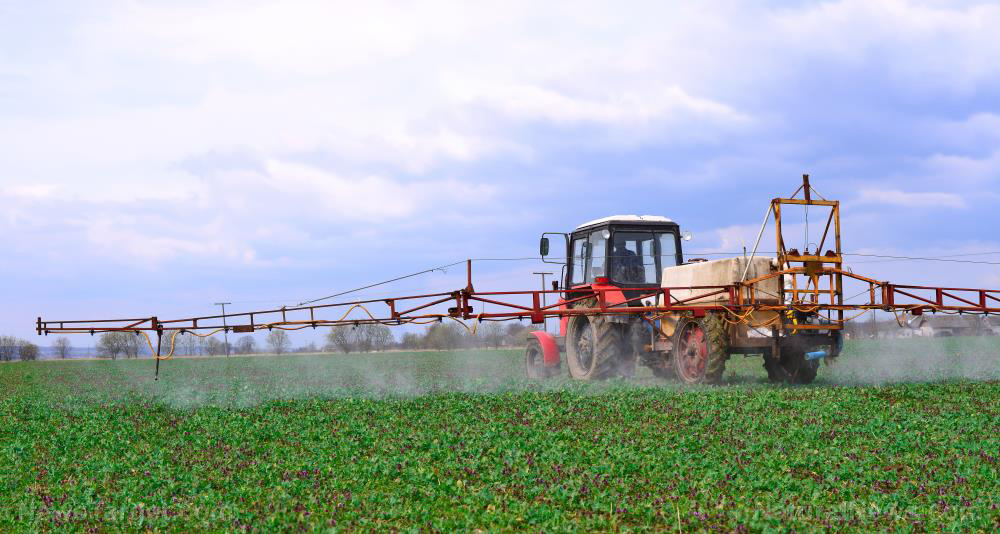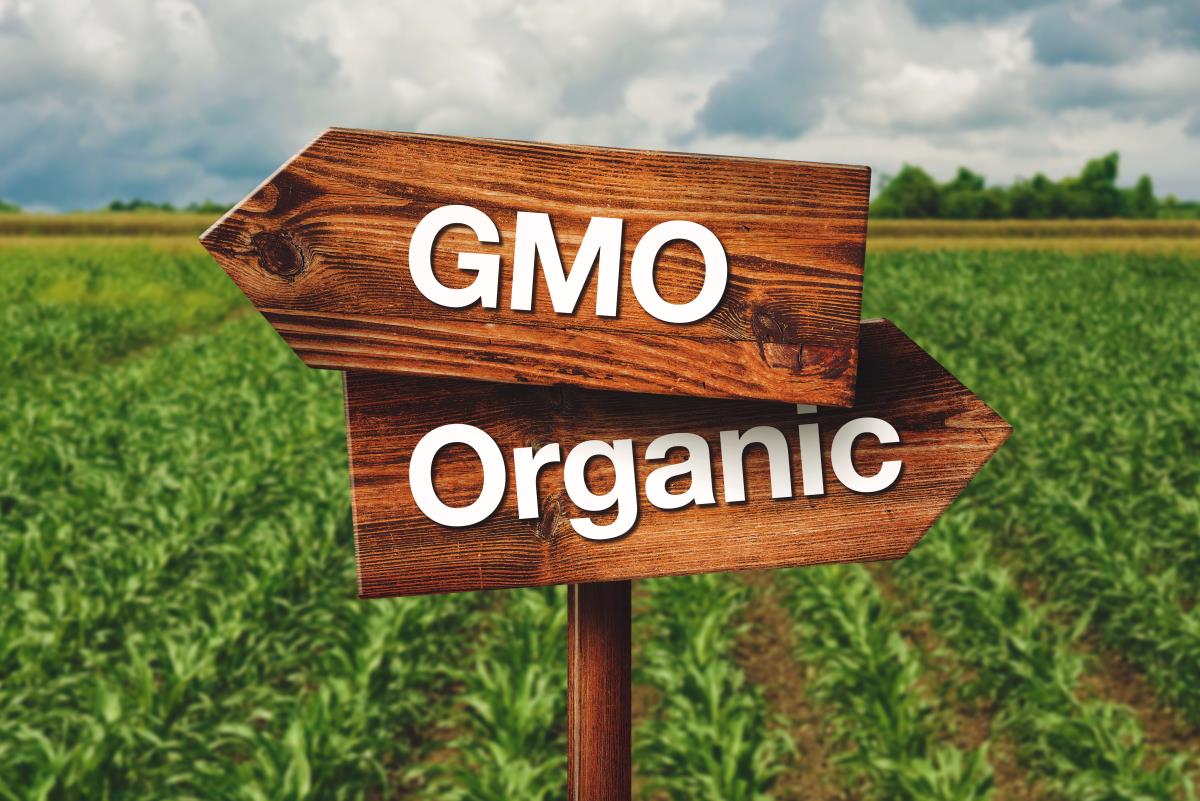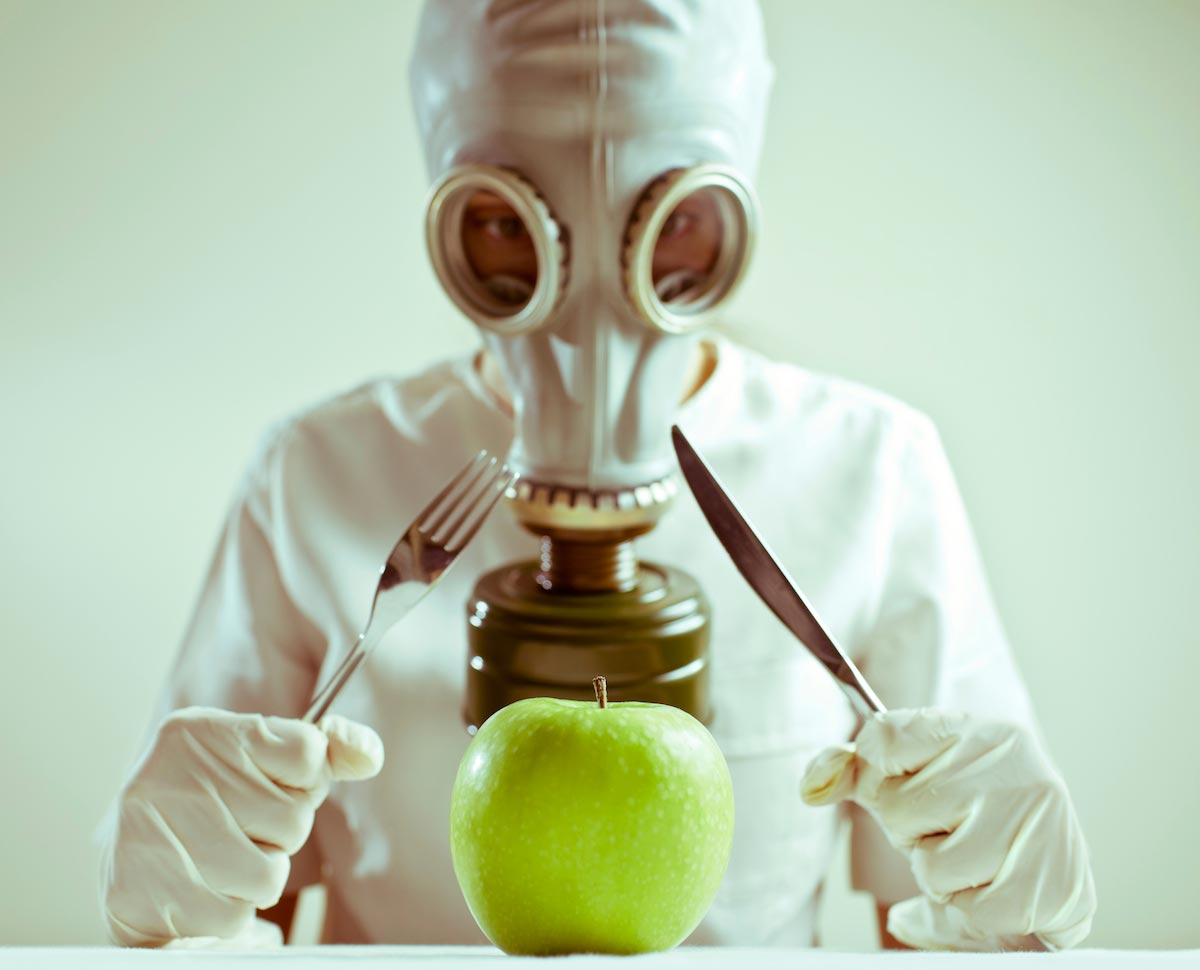Pesticide chemicals found in 70% of fresh produce sold in U.S. grocery stores… are you eating poison?
03/28/2019 / By Vicki Batts

A shocking new report from the Environmental Working Group confirms that an overwhelming majority of conventionally grown produce is covered in pesticides. About 70 percent of U.S. produce contains pesticides — even after it has been washed. This is highly disturbing news for the millions of Americans who buy fresh produce, believing that it is healthy for them and their families.
Kale, one of the most beloved leafy greens in the U.S., clocks in as one of the worst offenders. Some 92 percent of samples tested were contaminated with residue from at least two different pesticides. Across the board, roughly 70 percent of the fruits and vegetables sold in the U.S. have traces of pesticides, according to the report from Environmental Working Group (EWG).
The prevalence of chemical pesticide residues found in produce is highly concerning. Despite industry assurances of safety, modern pesticides are nothing more than toxic chemicals designed to kill — and they should have no place in our food supply.
Pesticides in produce
Conventionally farmed produce is once again under fire for high levels of pesticide contamination. Kale, arguably one of the trendiest “health” foods on the market, was ranked as one of the most “dirty” foods. One sample of conventionally grown kale could be tainted with has many as 18 different pesticide residues. Sixty percent of kale samples tested positive for Dacthal — a chemical that is banned in Europe and is also a suspected carcinogen.
According to the EWG’s report, Dacthal (also known as DCPA) was the most commonly found pesticide overall. Even the EPA has ackowledged that Dacthal is a “possible human carcinogen,” and has labeled it as such since 1995. Yet, this product remains in widespread use.
EWG’s analysis of test data from the USDA names a bevy of other popular fruits and veggies among the most contaminated. Strawberries, spinach, apples, grapes, tomatoes and celery are all featured on the EWG’s Dirty Dozen for 2019, part of their 2019 Shopper’s Guide to Pesticides in Produce.
Alexis Temkin, a toxicologist working with the EWG, said of the report, “We definitely acknowledge and support that everybody should be eating healthy fruits and vegetables as part of their diet regardless of if they’re conventional or organic.”
“But what we try to highlight with the Shopper’s Guide to Produce is building on a body of evidence that shows mixtures of pesticides can have adverse effects,” Temkin added.
The problem with pesticides
Despite the agrichemical industry’s assurances of safety, scientists agree that it is hard to gauge just how many pesticides people are exposed to in everyday life, and in what quantities. Further, there is very little research on how pesticides interact with each other, and what effects those interactions will have on the human body (and the environment).
To sum it up nicely, there is shockingly little data or research on the effects pesticides will have in real life. This alone should give consumers pause — never mind all of the other glaring problems afflicting the pesticide industry and the pesticide regulation process.
A recent study from France found that people who eat organic have a drastically lower risk of cancer. On average, there was a 25 percent reduction in cancer frequency among organic consumers.
At the time, nutrition experts from Harvard cautioned against the study’s findings, stating, “[T]he health consequences of consuming pesticide residues from conventionally grown foods are unknown, as are the effects of choosing organic foods or conventionally grown foods known to have fewer pesticide residues.”
The idea that organic, pesticide-free produce wouldn’t be healthier is pretty hard to imagine. But the fact that no one actually knows how bad pesticides really are for you raises substantial questions as to how these products have made it to the market and our food supply in the first place.
So-called safety testing is inadequate
Across the board, pesticide “safety studies” have major holes in risk assessment. Currently, the federal government only requires safety testing on the “active ingredient,” even though most pesticide makers rely on other “inactive” ingredients to enhance their products.
Research has already shown that pesticide mixtures are harmful to wildlife, and that pesticides are capable of acting in synergy. What this means is that when two or more pesticides interact, their toxic effects become amplified. A paper published in 2004 further describes pesticides’ ability to act in synergy with other common chemicals and even pharmaceuticals.
“Synergistic effects between multiple pesticides and/or other chemicals represent one of the greatest gaps in EPA’s ability to protect the public from the adverse health effects associated with pesticide use and exposure,” the author posits.
Exposure to multiple pesticides has been identified as a glaring safety issue for decades, yet these toxins and other harmful substances continue to contaminate the food supply. That’s why the Health Ranger Store has its own in-house lab for lot-by-lot testing and analysis. As Mike Adams, the Health Ranger, explains, “Using multiple mass spec instruments (ICP-MS, LC-MS, LC-MS-MS, LC-MS-TOF), we conduct exhaustive analytical testing of heavy metals, microbiology, glyphosate and an increasing number of agricultural chemical pesticides.”
See more coverage of stories like this and learn more about what you’re eating at Food.news.
Sources for this article include:
Tagged Under:

















